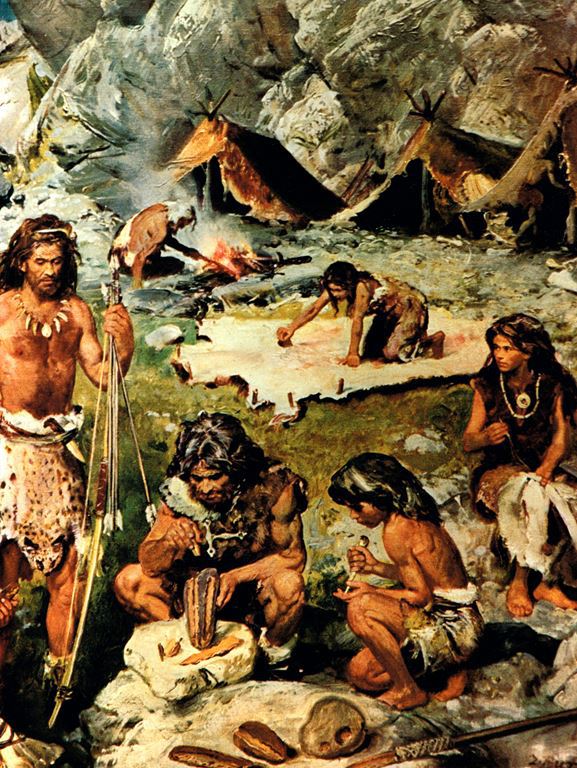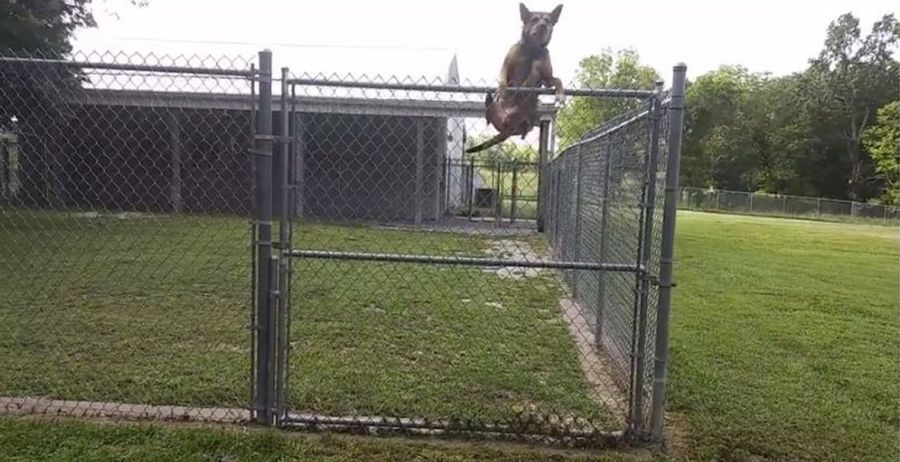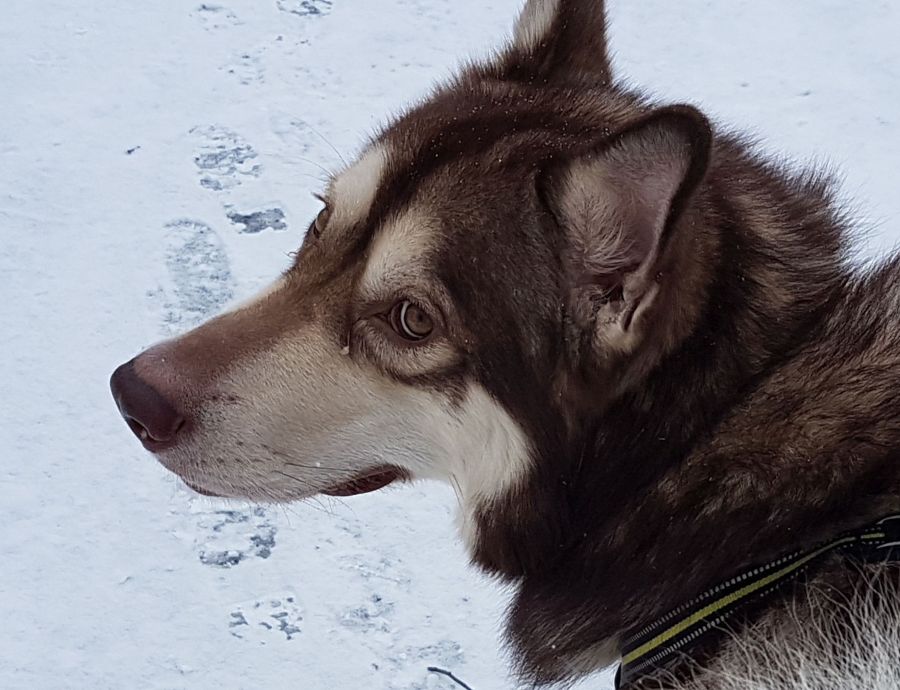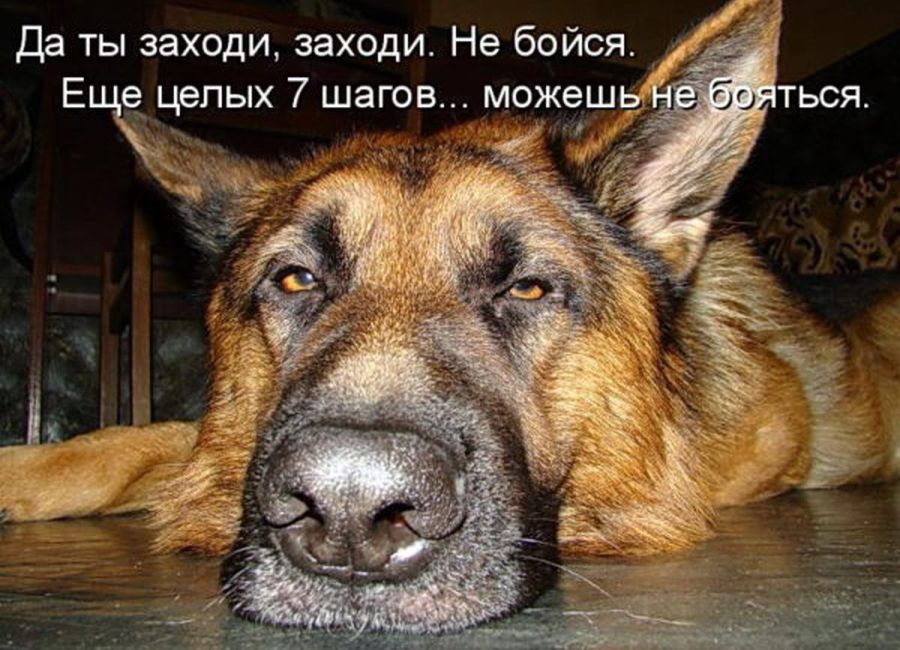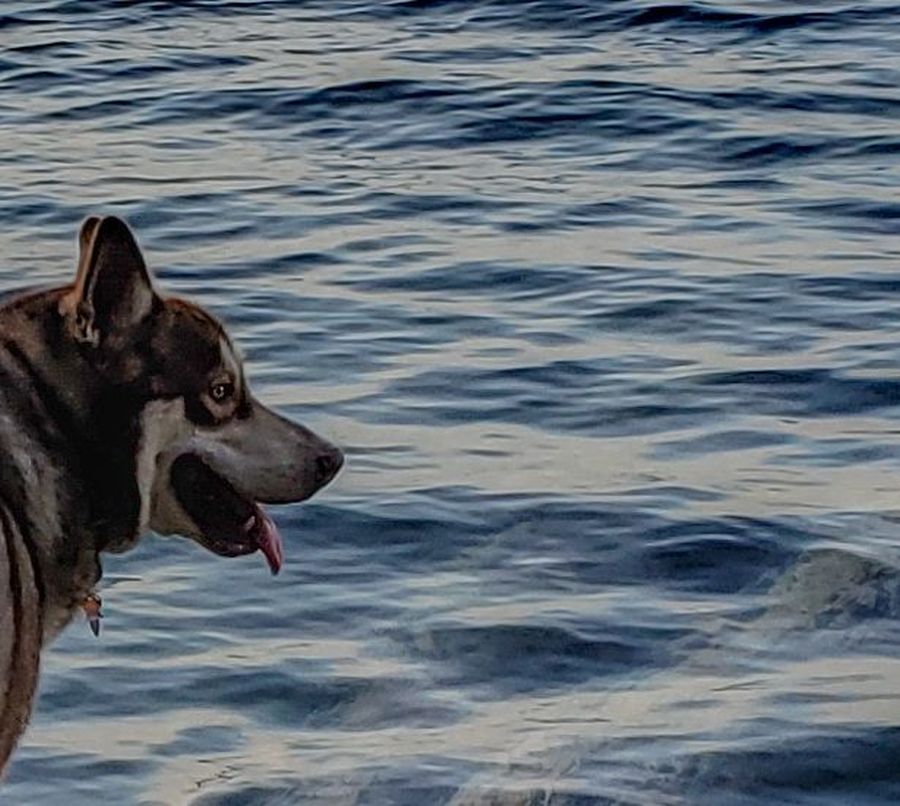Future of Our Civilization:
In development ...
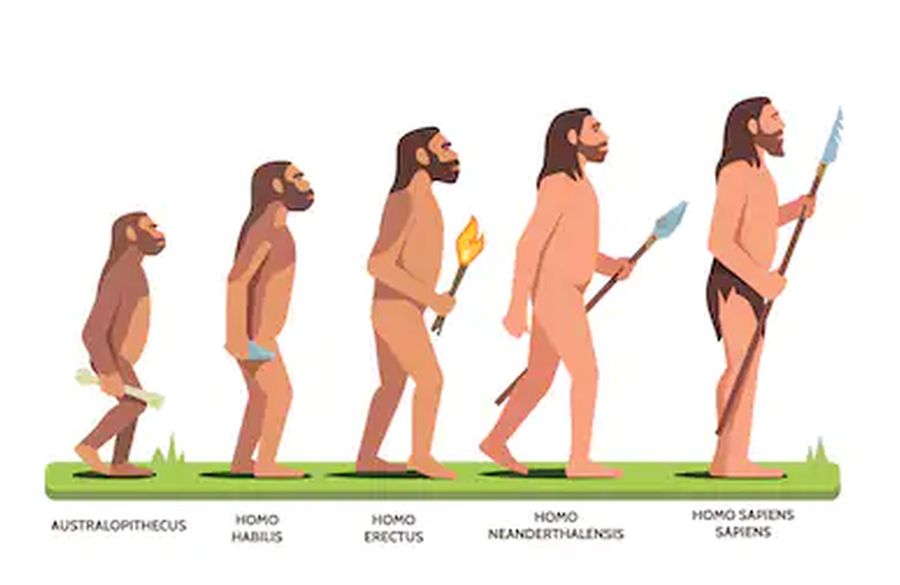
Species Metrics of the Homo Genus:
Time of Appearance
Accommodation
Anatomical Body Metrics
Brain Anatomy
New in physiology of Species
Speech
Language and Counting
Religion and Science
Computing Machines
Skills Transfer and Education
Shelters. Houses, their architecture and constructions.
Sex Roles and Parental Care
Sexual Activity
Groups. Collaboration of the Group on the project. Collaboration of several groups on one project
Groups and Conflicts in them. Conflicts between Groups of the same Species
Competing with other Species for Resources
Emergence of Nations and States
Wars between tribes and countries. Weapons
Fire. Energy Production
Converting different types of energy into each other.
Light. Different Sources of Lights.
Clothing and sewing. Fabrics
Food. Growing of grain, vegetables, fruits and their processing. Raising pets for food.
New Habitat Types for this Species
Mining for the production of ceramics, metals, glass, semiconductors, cermets
Tools and their Manufacturing
Memory for storing numbers. Computing devices.
Domestication of Wild Animals
Transportation. Types of vehicles
Art and Literature
Large engineering projects
Resolving conflicts between two individuals
Resolving conflicts between the individual and society
Reasons of Species disappearance
Homo Genus extant and future Species:
Common Rules :
First Rule:
We see that new Homo Genus Species appear with a sharp climate change on the Earth.
Second Rule:
With the transition to the next Homo Genus Species, there is a significant increase in the sexual activity of men and women
From the book of Desmond Morris "The Naked Ape"
" The sexual activity of the species to which we belong is much more intense than that of any other primates "
Third Rule:
Multiple increase in the number of words used by the next Homo Genus Species
Fourth Rule:
In each subsequent species, there is a decrease in the difference between the same metrics of men and women.
Fifth Rule:
In each subsequent form, men and women grow significantly, the average height of men will increase by 12-15 cm, the average height of women increases even more, and the difference in their height will decrease significantly.
Other indicators change similarly.
These rules are working for Homo Genus every time when we move to the next species.
Homo Australopithecus
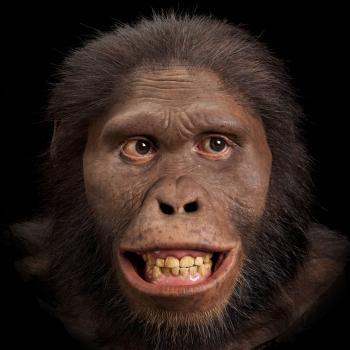
Time of Appearance:
Australopithecina or Hominina is a subtribe in the tribe Hominini. Most scientists maintain that the genus Homo emerged in Africa within the Australopiths around two million years ago.
Accommodation:
Most scientists maintain that the genus Homo emerged in Africa
Anatomical Body Metrics:
It is thought that they averaged heights of 1.2 - 1.5 metres (3.9 - 4.9 ft) and weighed between 30 and 55 kilograms (66 and 121 lb).
Brain Anatomy:
The brain size may have been 350 cc to 600 cc.
New in physiology of Species:
Speech:
Scientists commonly thought that Australopithecus have no language or speech abilities. It is likely however, that communication was very important and they may have been as vocal as modern chimpanzees
Language and Counting:
Religion and Science:
Skills Transfer and Education
Groups. Collaboration of the Group on the project. Collaboration of several groups on one project:
Shelters. Houses, their architecture and construction:
Australopithecus used trees and fallen trees for Shelters. Houses, their architecture and construction
Competing with other Species for Resources
Wars and Weapons
Food. Growing of grain, vegetables, fruits and their processing. Raising pets for food.
Au. afarensis had mainly a plant-based diet, including leaves, fruit, seeds, roots, nuts, and insects… and probably the occasional small vertebrates, like lizards
Clothing and sewing. Fabrics:
As for clothing they did not wear any. The hair around their body would keep them warm. Australopithecus did not paint or carve.
Fire. Energy Production:
Evidence for the "microscopic traces of wood ash" as controlled use of fire by Homo erectus, beginning some 1,000,000 years ago, has wide scholarly support.
Sex Roles and Parental Care:
- Family definition:
- The role of men:
- The role of women: Mother - Infant Relations
- Parental care of children:
Sexual Activity:
Wars and Weapons
Resolving conflicts between two individuals:
Resolving conflicts between the individual and society:
Reasons of Species disappearence:
Homo Habilis ("handy man")
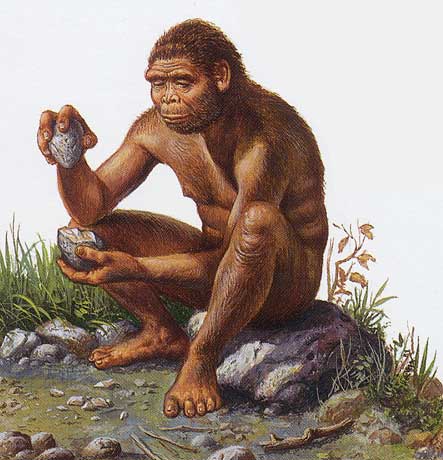
Time of Appearance:
About 2.3 - 1.65 million years ago
Accommodation:
East and South Africa
Anatomical Body Metrics:
The body proportions of H. habilis are only known from 2 highly fragmentary skeletons, and is based largely on assuming a similar anatomy to the earlier australopithecines. The presumed female specimen OH 62 is traditionally interpreted as having been 100 - 120 cm (3 ft 3 in - 3 ft 11 in) in height and 20 - 37 kg (44–82 lb) in weight, but assuming more humanlike proportions about 148 cm s society was similar to that of modern savanna chimps and b(4 ft 10 in) and 35 kg.
Brain Anatomy:
H. habilis brain size generally varied from 500 - 900 cc (31 - 55 cu in).
New in physiology of Species:
Language and Counting:
Religion and Science:
Skills Transfer and Education:
Shelters. Houses, their architecture and construction:
Sex Roles and Parental Care:
- Family definition:
- The role of men:
- The role of women:
- Parental care of children:
Sexual Activity:
Groups. Collaboration of the Group on the project. Collaboration of several groups on one project
:
Groups and Conflicts in them. Conflicts between Groups of the same Species
Groups may have numbered 70 - 85 members, with multiple males to defend against open savanna predators, such as big cats, hyenas and crocodiles.
Wars between tribes and countries. Weapons:
Fire. Energy Production:
Competing with other Species for Resources
Food. Growing of grain, vegetables, fruits and their processing. Raising pets for food.
Clothing and sewing. Fabrics:
Wars and Weapons
Mining (stones, wood) and manufacturing (ceramics, metals, glass, semiconductors, cermets, ...)
Tools and their Manufacturing:
Domestication of Wild Animals:
Transportation. Types of vehicles:
Resolving conflicts between two individuals:
Resolving conflicts between the individual and society:
Reasons of Species disappearence:
Homo Erectus (meaning "upright man")
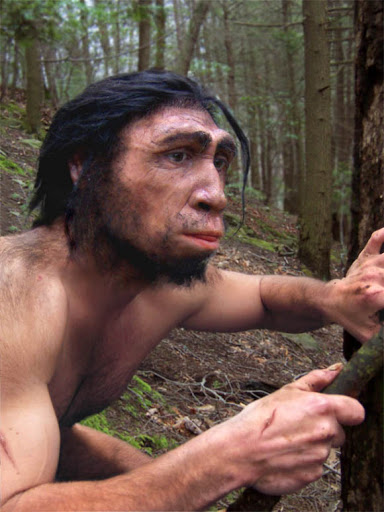
Time of Appearance:
Its earliest occurrence is about 2 million years ago, and its specimens are among the first recognisable members of the genus Homo.
Accommodation:
H. erectus was the first human ancestor to spread throughout the Old World, having a distribution in Eurasia extending from the Iberian Peninsula to Java.
Anatomical Body Metrics:
H. erectus had a humanlike gait and body proportions, and was the first human species to have exhibited a flat face, prominent nose, and possibly sparse body hair coverage.
Size ranged widely from 146 - 185 cm (4 ft 9 in - 6 ft 1 in) in height and 40 - 68 kg (88 - 150 lb) in weight.
H. erectus men and women may have been roughly the same size as each other (i.e. exhibited reduced sexual dimorphism) like modern humans
Brain Anatomy:
The brain size may have been
New in physiology of Species:
Speech:
It is unclear if H. erectus was anatomically capable of speech, though it is postulated they communicated using some proto-language
Language and Counting:
Religion and Science:
Skills Transfer and Education:
Shelters. Houses, their architecture and construction:
Sex Roles and Parental Care. Families:
- Family definition: Some facts indicate monogamy in line with general trends exhibited in primates.
- The role of men:
- The role of women:
- Parental care of children:
Sexual Activity:
Groups. Collaboration of the Group on the project. Collaboration of several groups on one project:
They are caring for injured or sick group members
Hunting and gathering in coordinated groups
Groups and Conflicts in them.
Conflicts between Groups of the same Species
Food. Growing of grain, vegetables, fruits and their processing. Raising pets for food.
Wars and Weapons
Fire. Energy Production:
They were capable of using fire
Light. Different Sources of Lights:
Competing with other Species for Resources
Food. Growing of grain, vegetables, fruits and their processing. Raising pets for food.
Clothing and sewing. Fabrics:
Wars between tribes and countries. Weapons:
Mining (stones, wood) and manufacturing (ceramics, metals, glass, semiconductors, cermets, ...)
Tools and their Manufacturing )
The Acheulean stone tool industry
Domestication of Wild Animals
Transportation. Types of vehicles
Possible seafaring
Art and literature
Art is still unclassified.
Resolving conflicts between two individuals:
Resolving conflicts between the individual and society:
Reasons of Species disappearence:
Species disappearence:
Homo Neanderthals
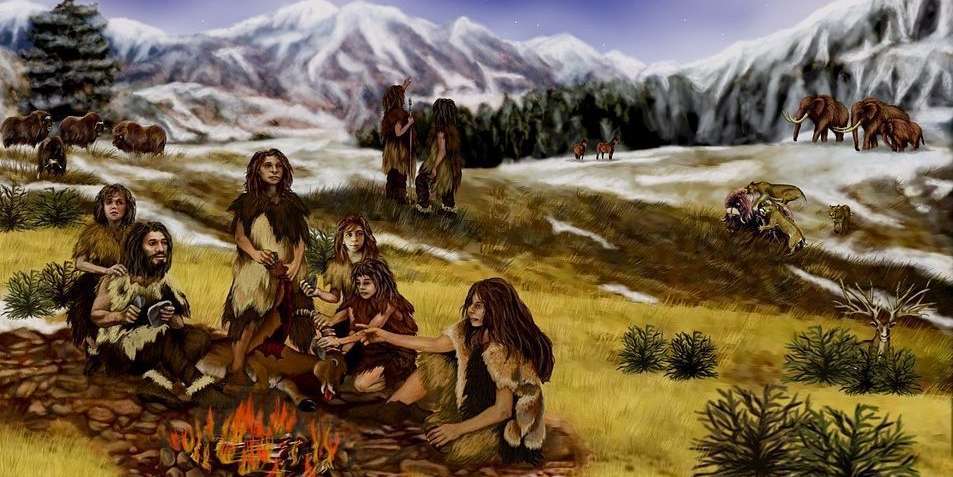
Time of Appearance:
They are appeared 40,000 years ago. The oldest potential Neanderthal bones date to 430,000 years ago, but the classification remains uncertain.Neanderthals are known from numerous fossils, especially from after 130,000 years ago.
Accommodation:
They lived in Eurasia
Anatomical Body Metrics:
Average Neanderthal men stood around 165 cm (5 ft 5 in) and women 153 cm (5 ft) tall, similar to pre - industrial modern humans.
Brain Anatomy:
The braincases of Neanderthal men and women averaged about 1,600 cm3 (98 cu in) and 1,300 cm3 (79 cu in) respectively, which is within the range of the values for modern humans.
New in physiology of Species:
Speech:
Neanderthals were likely capable of speech, possibly articulate, although the complexity of their language is not known.
Language and Counting:
Religion and Science:
Computing Machines:
Skills Transfer and Education
Symbolic thought:
A number of examples of symbolic thought and Palaeolithic art have been inconclusively attributed to Neanderthals, namely possible ornaments made from bird bones or shells, collections of unusual objects including crystals and fossils, engravings, music production, and Spanish cave-paintings contentiously dated to before 65,000 years ago.
Some claims of religious beliefs have been made.
Skills Transfer and Education:
Shelters. Houses, their architecture and construction:
Sex Roles and Parental Care. Families:
- Family definition:
- The role of men:
- The role of women:
- Parental care of children:
Sexual Activity:
Groups. Collaboration of the Group on the project. Collaboration of several groups on one project
:
Groups and Conflicts in them. Conflicts between Groups of the same Species
Wars between tribes and countries. Weapons::
They used spears
Fire. Energy Production:
Converting different types of energy into each other:
Light. Different Sources of Lights:
Competing with other Species for Resources
Although they were likely apex predators, they still competed with cave bears, cave lions, cave hyaenas, and other large predators.
Food. Growing of grain, vegetables, fruits and their processing. Raising pets for food.
Neanderthals made use of a wide array of food, mainly hoofed mammals, but also other megafauna, plants, small mammals, birds, and aquatic and marine resources.
They store food, and use various cooking techniques such as roasting, boiling, and smoking
Clothing and sewing. Fabrics:
They craft at least simple clothes similar to blankets and ponchos, weave
Mining (stones, wood) and manufacturing (ceramics, metals, glass, semiconductors, cermets, ...)
Tools and their Manufacturing
Neanderthal technology is thought to have been quite sophisticated. It includes the Mousterian stone - tool industry and possibly the ability to create fire and build cave hearths, make the adhesive birch bark tar, , make use of medicinal plants as well as treat severe injuries,
Memory for storing numbers. Computing devices
Domestication of Wild Animals
Transportation. Types of vehicles
They go seafaring through the Mediterranean
Art and literature
Resolving conflicts between two individuals:
Resolving conflicts between the individual and society:
Reasons of Species disappearence:
They were fully replaced by early European modern humans.
They most likely went extinct due to assimilation into the modern human genome (bred into extinction), great climatic change, disease, or a combination of these factors.
The total population of Neanderthals remained low, proliferating weakly harmful genes, and precluding effective long-distance networks.
Homo Cromagnons (early european modern Humans)
Time of Appearance:
Early European modern humans (EEMH) or Cro-Magnons were the first early modern humans (Homo sapiens) , continuously occupying the continent possibly from as early as 48,000 years ago, with intermittent presence since at latest 210,000 years ago.
Accommodation:
They are settled in Europe.
EEMH produced Upper Palaeolithic cultures, the first major one being the Aurignacian, which was succeeded by the Gravettian by 30,000 years ago. The Gravettian split into the Epi-Gravettian in the east and Solutrean in the west, due to major climate degradation during the Last Glacial Maximum (LGM), peaking 21,000 years ago.
As Europe warmed, the Solutrean evolved into the Magdalenian by 20,000 years ago, and these peoples recolonised Europe. The Magdalenian and Epi-Gravettian gave way to Mesolithic cultures as big game animals were dying out and the Last Glacial Period drew to a close.
Living on the same territory with Neanderthals
Anatomical Body Metrics:
EEMH were anatomically similar to present-day Europeans, but were more robust, having broader and shorter faces, more prominent brow ridges, and bigger teeth. Compared to most present-day Europeans, EEMH had shorter upper jaws, more horizontally oriented cheekbones, and more rectangular eye sockets, somewhat reminiscent of most East Asians. The first EEMH would have probably had dark skin; natural selection for lighter skin would not begin until 30,000 years ago, and white skin would not become prevalent in Europe until the Bronze Age.
Brain Anatomy:
Physiology:
Speech:
Language and Counting:
Religion and Science:
Computing Machines:
Skills Transfer and Education
Symbolic thought:
EEMH are well renowned for creating a diverse array of artistic works, including cave paintings, Venus figurines, perforated batons, animal figurines, and geometric patterns. They may have been decorating their bodies with ochre crayons and perhaps tattoos, scarification, and piercings. The exact symbolism of these works remains enigmatic, but EEMH are generally (though not universally) thought to have practiced shamanism, which cave art—specifically of those depicting human/animal hybrids—played a central part in.
For music, they produced bone flutes and whistles, and possibly also bullroarers, rasps, drums, idiophones, and other instruments. They buried their dead, though possibly only people which had achieved or were born into high status received burial.
Skills Transfer and Education:
Shelters. Houses, their architecture and construction:
Sex Roles and Parental Care. Families:
- Family definition:
- The role of men:
- The role of women:
- Parental care of children:
Sexual Activity:
Groups. Collaboration of the Group on the project. Collaboration of several groups on one project:
Groups and Conflicts in them. Conflicts between Groups of the same Species
Wars between tribes and countries. Weapons
The EEMH arsenal included spears, spear-throwers, harpoons, and possibly throwing sticks and Palaeolithic dogs. EEMH likely commonly constructed temporary huts while moving around, and Gravettian peoples notably made large huts on the East European Plain out of mammoth bones.
Fire. Energy Production:
Converting different types of energy into each other:
Light. Different Sources of Lights:
Competing with other Species for Resources
Hunting:
Food. Growing of grain, vegetables, fruits and their processing. Raising pets for food.
Clothing and sewing. Fabrics:
They wore decorative beads, and plant-fibre clothes dyed with various plant-based dyes, which were possibly used as status symbols.
Wars between tribes and countries. Weapons:
Mining (stones, wood) and manufacturing (ceramics, metals, glass, semiconductors, cermets, ...)
Tools and their Manufacturing
Memory for storing numbers. Computing devices
Domestication of Wild Animals
Transportation. Types of vehicles
They have boats with many rowers. They also used two long stakes with a harnessed man or horse
Art and literature
Resolving conflicts between two individuals:
Resolving conflicts between the individual and society:
Reasons of Species disappearence:
They interacted and interbred with the indigenous Neanderthals (H. neanderthalensis), who went extinct 40 to 35 thousand years ago; and from 37,000 years ago onwards, all EEMH descended from a single founder population which contributes ancestry to present-day Europeans.
Before the LGM ( Last Glacial Maximum ), EEMH had overall low population density, tall stature similar to post-industrial humans, expansive trade routes stretching as long as 900 km (560 mi), and hunted big game animals. EEMH had much higher populations than the Neanderthals, possibly due to higher fertility rates; life expectancy for both species was typically under 40. Following the LGM, population density increased as communities travelled less frequently (though for longer distances), and the need to feed so many more people in tandem with the increasing scarcity of big game caused them to rely more heavily on small or aquatic game, and more frequently participate in game drive systems and slaughter whole herds at a time.
Homo Sapiens
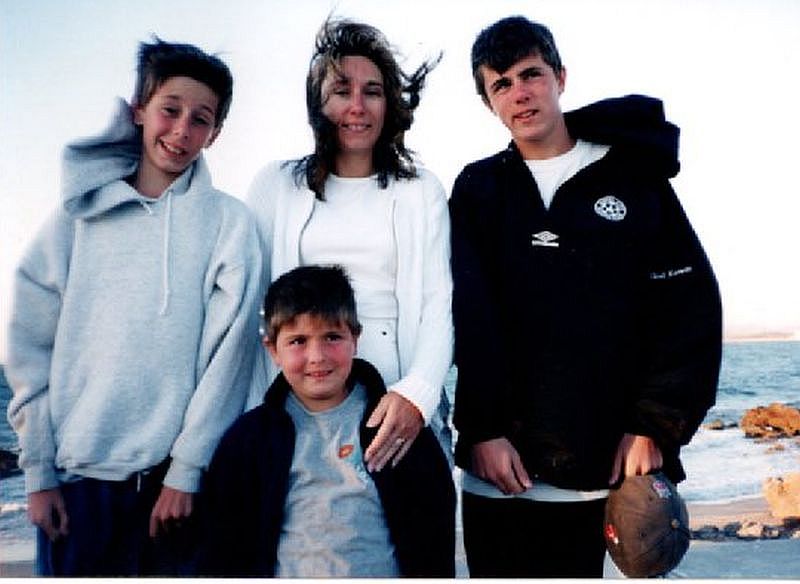
Time of Appearance:
Accommodation:
Anatomical Body Metrics:
The volume of the brain is 1350 sm^3. It is less than the brain volume of a Neanderthal by 50 sm^3. However, the number of neurons in the human brain and the number of connections between them is much larger.
Brain Anatomy:
New in physiology of Species:
Speech:
Language and Counting:
Religion and Science:
- Results of Research in Мathematics: ...
- Results of Research in Biology: ...
- Results of Research in Physics: ...
- Results of Research in Chemistry: ...
- Results of Research in Astronomy: ...
Computing Machines:
- Using of:
- Pebbles and Knots
- Abacus
- Mechanical Arithmometers and Relays
- Lamps and semiconductors
- Large integrated circuits
Skills Transfer and Education:
Shelters. Houses, their architecture and construction:
Sex Roles and Parental Care. Families:
- Family definition:
- The role of men:
- The role of women:
- Parental care of children:
Sexual Activity:
Groups. Collaboration of the Group on the project. Collaboration of several groups on one project:
Groups and Conflicts in them. Conflicts between Groups of the same Species
Emergence of Nations and States
Wars between tribes and countries. Weapons:
- videos about such wars
Roman Army Hell March
"We work in the dark to serve the light"
World War II
Fire. Energy Production:
Furnaces, steam engines, internal combustion engines, electricity generation,
nuclear reactors
Converting different types of energy into each other:
Light. Different Sources of Lights:
Candles, kerosene and gas Lamps, electric Lamps. Lazers, LEDs.
Clothing and sewing. Fabrics:
Food. Growing of grain, vegetables, fruits and their processing. Raising pets for food.
Mining (stones, wood) and manufacturing (ceramics, metals, glass, semiconductors, cermets, ...)
Tools and their Manufacturing
Wheel
Memory for storing numbers. Computing devices
Domestication of Wild Animals
Transportation. Types of vehicles
Sailing ships, carts, railways, cars, airplanes
Art and literature
Large engineering projects
-Building pyramids
- Construction of huge palaces
- Construction of canals to connect two lakes or sea
- Overlapping of large rivers
- Building huge ships
- Construction of the tallest skyscraperss
Resolving conflicts between two individuals:
Resolving conflicts between the individual and society:
Reasons of Species disappearence:
They are living on The Earth now and will live the first 400 years of New Ice Age (NIA 2100).
Most of them will live on Earth, only small part of them will immigrate to Space.
Homo Spaciens:

Time of Appearance:
The first Spaciens will appear around 2080, in the beginning of NIA 2100
Accommodation:
- Cities on the Moon
- Small towns on Mars
- Villages on the four moons of Jupiter and Saturn
- Small settlements on asteroids, small moons of Jupiter and Saturn
- Space stations around Uranus, Neptune, Pluto
- Outposts in The Kuiper belt
Anatomical Body Metrics:
They will be 10-14 cm higher than homo sapiens. At the same time, the difference in the height of men and women will significantly decrease. For men, the shoulders will become wider, and for women, the hips, but the waist will not increase. The female breast will enlarge and will provide more milk for feeding the babies. Women will become much stronger and the difference in strength with men will decrease.
.
Brain Anatomy:
- the volume of the brain and the number of neurons in it will increase
- will greatly increase interneural connections
- the growth of the associative fields of the cerebral cortex will occur especially strongly with an increase in connections between the individual fields of this cortex
New in physiology of Species:
Increased Resistance to:
- Low Oxygen Concentration in the Inhaled Air
- Low Pressure Atmosphere
- Cold and Hot Temperatures
Speech:
- Creating a Common Language Spacelingua for use as the primary language in the Solar System
Language and Counting:
- Using a huge vocabulary of active words (> 20,000 words)
- Develop language "galact" for talking human-robot and robot-robot
- Programs for transformation of human language text to galact and vice versa
- The use of the thirty-digit number system for engineering and scientific calculations
Religion and Science:
- Proof of Phaethon's existence
- Paleontology of Mars and Phaeton
- Research in Мathematics: ...
- Research in Biology: ...
- Research in Physics: ...
- Research in Chemistry: ...
- Research in Astronomy: ...
Computing Machines:
Skills Transfer and Education:
Shelters. Houses, their architecture and construction:
Sex Roles and Parental Care. Families:
- Family definition:
- The role of men:
- The role of women:
- Parental care of children:
Sexual Activity:
- Possible polygamy (one man - four women), which is necessary at the beginning of the colonization of Space
- Full equality of all members of such a family
- Women give birth to the maximum number of children without harm to their health
- Men take part in the upbringing of every child in the family
- The absence of forbidden ways of love, everything is good that gives pleasure to both partners
Groups. Collaboration of the Group on the project. Collaboration of several groups on one project :
Groups and Conflicts in them. Conflicts between Groups of the same Species
Emergence of Nations and States
Wars between tribes and countries. Weapons:
- video about such wars
Mass Effect 3 - Take Back Earth
Fire. Energy Production:
Small Thermonuclear Reactors - Engines for Spaceships
Artificial Suns orbiting Jupiter and Saturn
Converting different types of energy into each other:
Light. Different Sources of Lights:
X-ray laser
Clothing and sewing. Fabrics:
Food. Growing of grain, vegetables, fruits and their processing. Raising pets for food.
Mining (stones, wood) and manufacturing (ceramics, metals, glass, semiconductors, cermets, ...)
Tools and their Manufacturing
Memory for storing numbers. Computing devices
Domestication of Wild Animals
Transportation. Types of vehicles
They will build the first Star Ships
Art and literature
Large engineering projects
Terraforming of Planets like Mars
"Terraforming" Definition: transforming the surface of the planet to allow habitation of the Homo species
Resolving conflicts between two individuals:
Resolving conflicts between the individual and society:
Reasons of Species disappearence:
Their Address:
Galaxy Milky Way,
Solar System
Homo Galacticus:
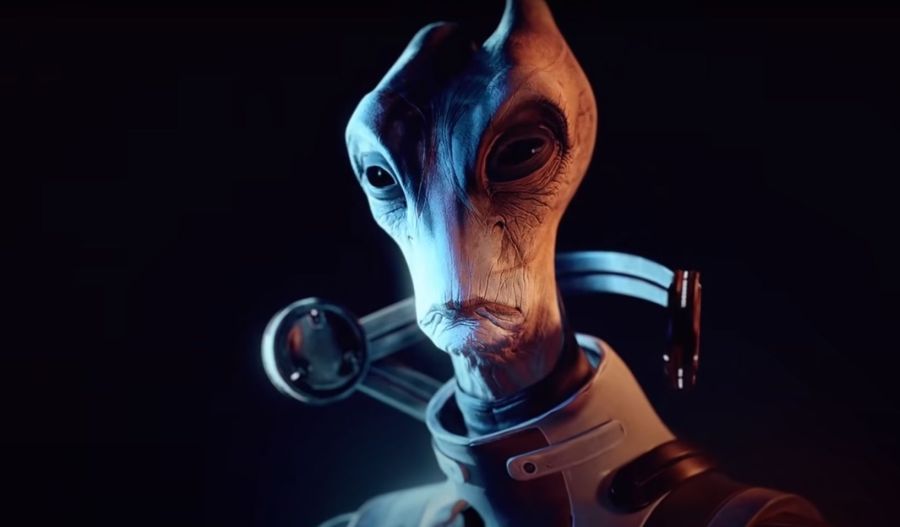
Time of Appearance:
They will appear after 1500 years of NIA begining on the Earth on planets of Star Systems, which will be achived by Spaciens.
They will have friendly relations with Spaciens.
Accommodation:
- This species settles on several nearby stellar systems.
Anatomical Body Metrics:
- They can change their anatomy to adapt to the conditions of the planet
- Men and women have become the same height
- Their body has become exceptionally strong thanks to the metalization of their skeletal system.
- They have become exceptionally strong due to changes in their muscle fibers.
![]()

![]()

Brain Anatomy:
- A multiple increase in the number of neurons (as usual when switching to the next type)
- A lot of connections between the fields in the frontal and occipital lobes greatly enhances associative thinking
- A sharp increase number of connections between the hemispheres through the corpus callosum. This will lead to strengthening of associations between the corresponding fields of the right and left hemispheres. In result any hemisphere will can do both logical and artistic tasks solution
- The appearance in the cortex of eight layers of neurons (now there are 6 layers in the cortex)
- The appearance of pyramidal cells in the frontal lobes allows direct control of the muscles from the frontal lobes
New in physiology of Species:
- They can stay in space without spacesuits for up to one hour.
Speech:
Language and Counting:
Religion and Science:
- Research in Мathematics: ...
- Research in Biology: ...
- Research in Physics: ...
- Research in Chemistry: ...
- Research in Astronomy: ...
Computing Machines:
Skills Transfer and Education:
Shelters. Houses, their architecture and construction:
Groups. Collaboration of the Group on the project. Collaboration of several groups on one project.:
Groups and Conflicts in them. Conflicts between Groups of the same Species
Sex Roles and Parental Care. Families:
- Family definition:
- The role of men:
- The role of women:
- Parental care of children:
Sexual Activity:
Emergence of Nations and States
Wars between tribes and countries. Weapons:
- video about such wars
We are the soldiers - with lyrics
We are the soldiers
Fire. Energy Production:
Lighting new stars
Converting different types of energy into each other:
Light. Different Sources of Lights:
Clothing and sewing. Fabrics:
Food. Growing of grain, vegetables, fruits and their processing. Raising pets for food.
Mining (stones, wood) and manufacturing (ceramics, metals, glass, semiconductors, cermets, ...)
Tools and their Manufacturing
Memory for storing numbers. Computing devices
- Growing multiprocessor systems
- Using of liquid memory
Domestication of Wild Animals
Transportation. Types of vehicles
Art and literature
Large engineering projects
Terraforming of Planets like Venus or Jupiter satellites
"Terraforming" Definition: transforming the surface of the planet to allow habitation of the Homo species
Resolving conflicts between two individuals:
Resolving conflicts between the individual and society:
Reasons of Species disappearence:
New tribe XYZ after tribe Homo (both in family Homanoidea):
In this Tribe children receive genes from three or four parents at the same time
Their Addresses:
Galaxy Milky Way, Star System A, planet P3, ...Galaxy Milky Way, Star System B, planets P2, P4, ...
Galaxy Milky Way, Star System C, planets P3, P5, ...
and so on ...
